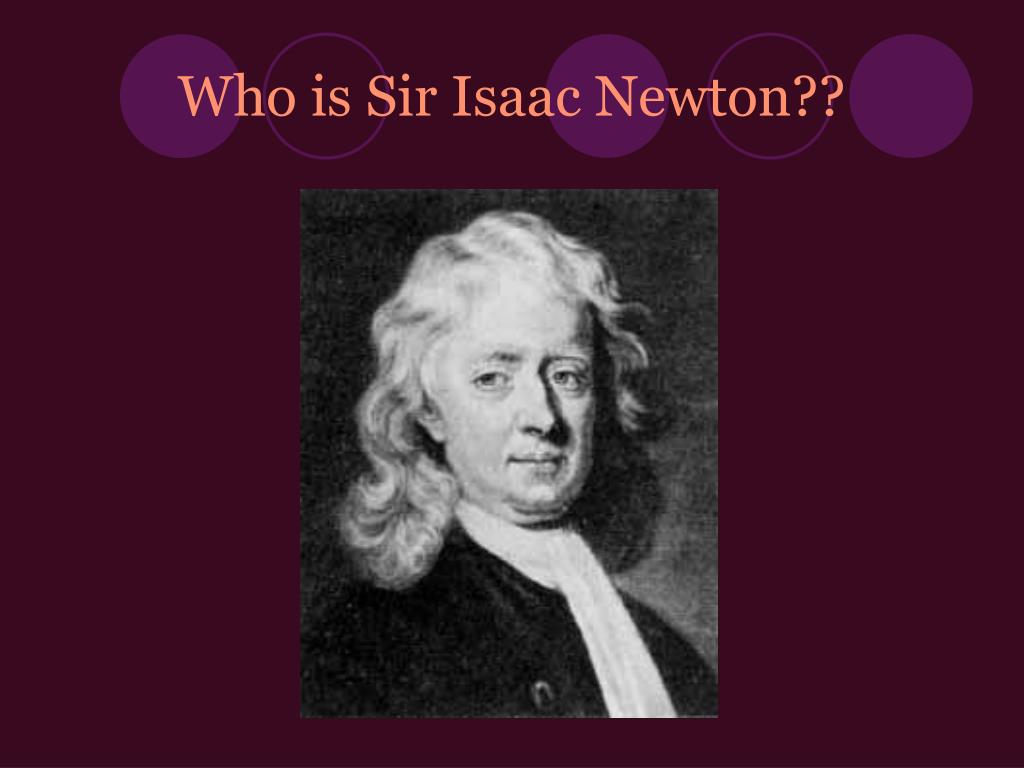

Refracting telescopes have several drawbacks, one of which is a fuzzy coloured area that would often surround the object under focus. They used glass lenses to change the direction of light (ie. Before Newton, refracting telescopes were standard. Newton was not the first to invent the telescope, but he was the first to build a reflecting telescope - the kind we use today. Isaac Newton in his book The Principia: Mathematical Principles of Natural Philosophy “Every body perseveres in its state of being at rest or of moving uniformly straight forward, except insofar as it is compelled to change its state by forces impressed.” Newton’s substantive and methodological contributions made the scientific method more precise as well as helping us understand the physical world around us. Moreover, the rigorous methods of proof and indicative inquiry that Newton employed in Principia set a new bar for scientific analysis. Moreover, to help explain his theories of motion and gravity, Newton created a new form of mathematics which he called “fluxions.” Today, it is called calculus- which has been invaluable for engineers, scientists and mathematicians ever since.īy combining his theories of motion and gravity with calculus, Newton offered a unified qualitative explanation for various physical phenomena. Newton’s laws of motion are still used to calculate and describe the movement of many physical phenomena today. Newton’s theoretical framework formed the basis of classical mechanics (the study of how objects move) until Albert Einstein established his theory of general relativity. It also allowed him to calculate the masses of planets and how the sun’s gravitational pull creates the tides on Earth. Newton went on to use his conception of gravity and motion to understand the way planets orbit. But in 1679, another English scientistĬalled Robert Hooke suggested that he apply his theories to planetary motion. Originally, Newton had only applied his conception of gravity and motion to phenomena he had observed on Earth. He did, however, receive some help along the way. Newton was the first to look at gravity and motion in this particular way. For Hypotheses are not to be regarded in experimental Philosophy.” This Analysis consists in making Experiments and Observations, and in drawing general Conclusions from them by Induction, and admitting of no Objections against the Conclusions, but such as are taken from Experiments, or other certain Truths. “As in Mathematics, so in Natural Philosophy, the Investigation of difficult Things by the Method of Analysis, ought ever to precede the Method of Composition. Newton believed that gravity looked as follows: particles of matter attract other particles with a force that is proportional to their masses, while inversely proportional to the square distance between them. It is also a function of both mass and distance. According to this theory, gravity is a universal and predictable force that acts on all matter. These laws were discovered as part of Newton’s broader study of gravity, which culminated in his theory of universal gravitation. For every action, there is an equal and opposite reaction. For example, a rocket produces a backwards force through the expulsion of gas.It also explains why a car that is heavier requires more force to travel at the same speed as a lighter car.


Force equals mass times acceleration. This explains why a car that has a larger engine that produces more force, will be faster than one with a less forceful engine.Every object stays in its state of rest or uniform motion unless disturbed by an external force. A car, for instance, will stop when it hits a tree but the objects and people in the car will keep moving until they hit an external force like an airbag.Principia contained both his theories of motion and gravity. In 1687, Newton published Philosophiæ Naturalis Principia Mathematica, or Principia as it is more commonly called.


 0 kommentar(er)
0 kommentar(er)
